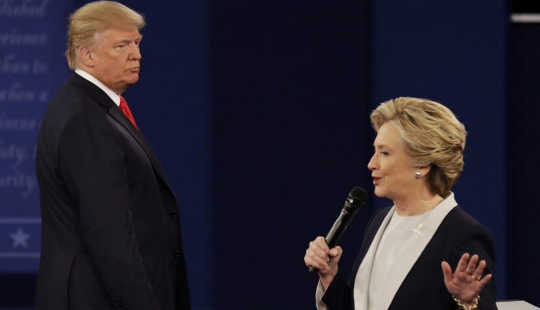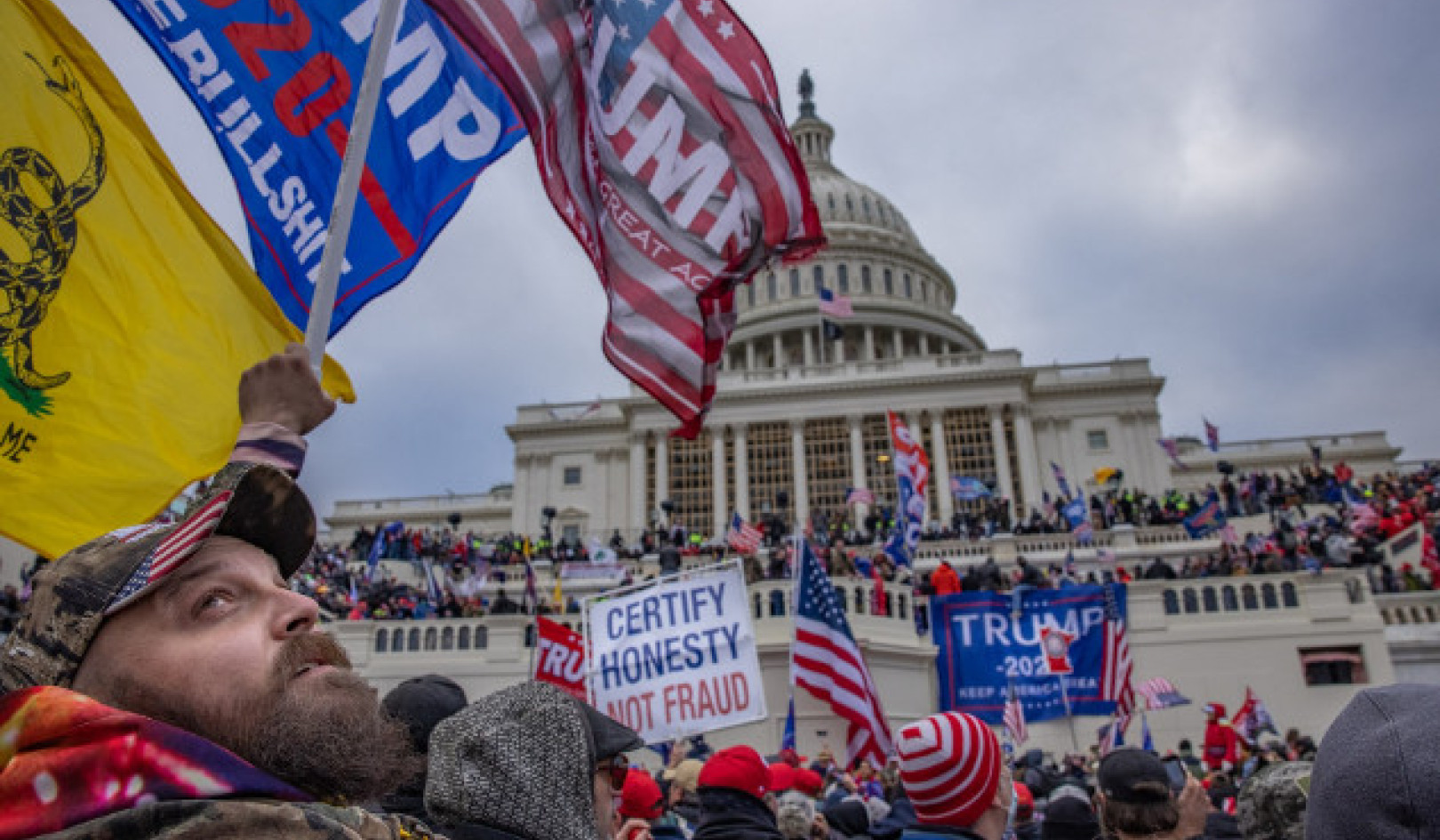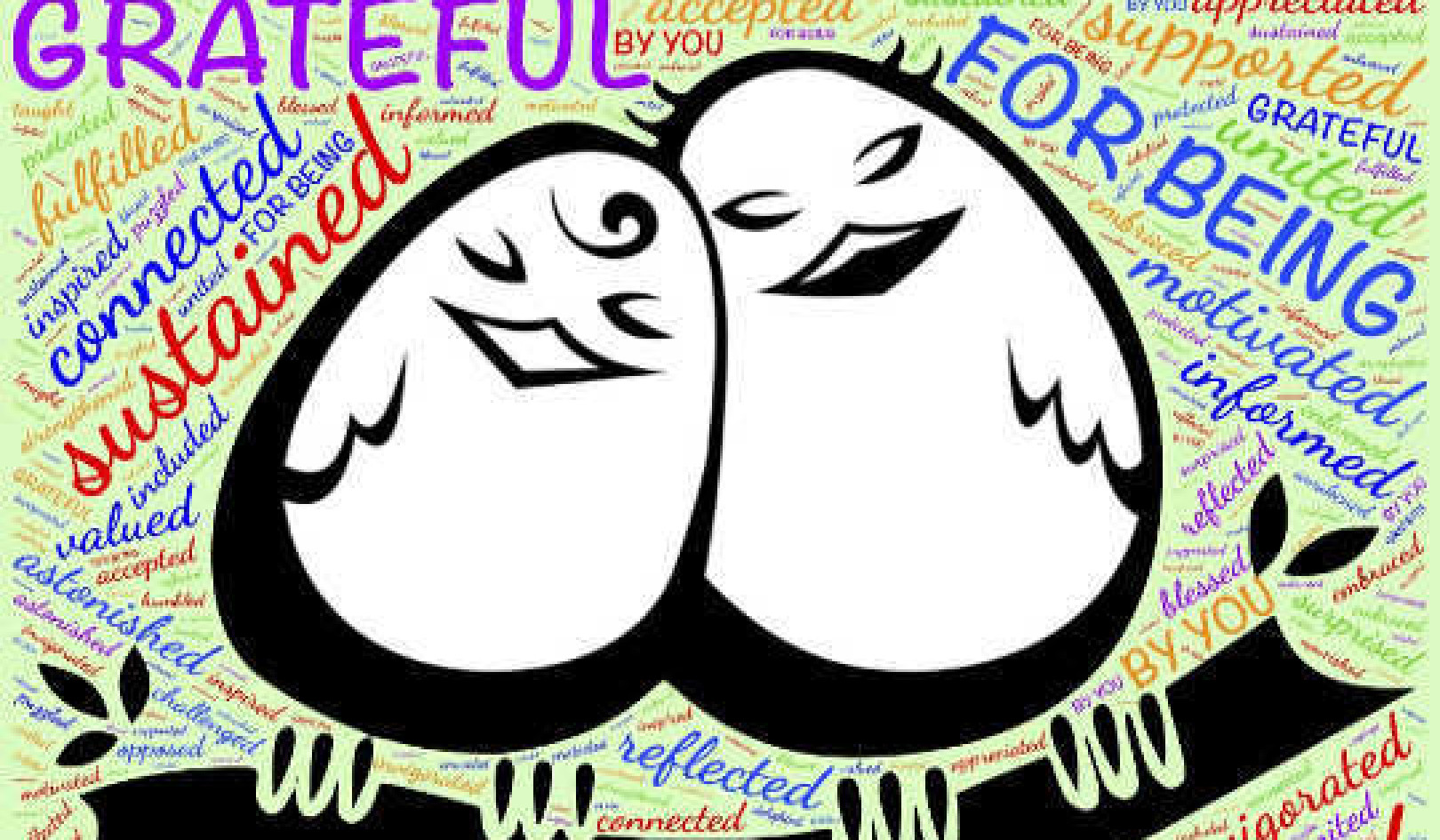
As Hillary Clinton and Donald Trump ramp up for their third and final televised debate, people are still trying to make sense of what happened at their second one. It was an odd sort of presidential debate, maybe the oddest ever – and it was certainly the ugliest and most tawdry.
Mere days after the release of a video in which Trump bragged about using his celebrity status to grab women by their genitals without consent, he was already collapsing in the polls. He responded by parading a number of women who have accused Bill Clinton of inappropriate sexual behaviour in the past, then bringing them along to the debate in an effort to both embarrass him and unsettle Hillary Clinton.
At first, at least, it seemed to work. You didn’t need to be a body language expert to see the discomfort on Bill Clinton’s face when he was led into the auditorium and seated in the front row.
Now Trump is seeing his numbers slide into the terminal zone, he’s increasingly resorting to the psychological tricks of the pugilistic. All boxers have little games they like to play to unsettle their opponents. They don’t see it as cheating; it’s just part of the game. That’s how Trump seems to think.
But Trump also has a penchant for name-calling, something boxers only resort to when they’re desperate. He’s called Clinton “Crooked Hillary” hundreds of times before on Twitter and in speeches to sympathetic crowds, but at the second debate he went so far as to call her a liar to her face multiple times. Anything for an advantage. Anything to rattle your opponent.
Their latest encounter was debating as street fighting, a metaphor widely used in the run-up to the debate. The idea was so pervasive it turned into a metaphorical frame that affected what we saw and what we noticed, and even how we judged the outcome of this battle.
Various commentators summed up Trump’s debate performances by speculating that he might have “stopped the bleeding” from the Republican faithful, despite his comments about how he views and treats women (“locker room talk, folks”).
Trump’s body language went through several periods of transition in the debate. Having to hold a microphone interferes with the natural two-handed gestures on which he relies heavily. We can all recognise them: arms outstretched, arms pointing downwards, palms forward, characteristically signalling his connection with the common man through the distinctive, demonstrative gestures of New York – gestures that work because they speak straight to the usually unconscious nonverbal system.
Trump is quite expert at using some gestures and sequences of gestures in particular. First comes a barrier signal: arms up, palms out. “Beware,” it says. “Danger.” Then he uses a precision hand gesture – a distinctive thumb-and-forefinger position – which alternates with an L-shaped gesture. The danger signal produces an immediate emotional effect, then he reassures the audience with his precision gesture. “I’ve got a plan,” he says nonverbally, “a precise plan. It’s time for a change.”
Slicing and pointing
That’s what Trump can do, at least when he’s not forced to hold a microphone in one hand as he was at the second debate. I was surprised he didn’t complain about this, since he complained about everything else: the “bias” of the moderators, “it’s three against one”, the fact that Clinton got more time – anything, like a child who thinks that the world isn’t fair.
Looking tired, he started quietly rocking on his feet as Clinton spoke, a telltale sign of negative emotion leaking out nonverbally. Clearly he wasn’t comfortable with the fallout from the leaked tape. He started sniffing when he talked, as he did throughout the first debate. It’s a distraction, and it noticeably gets more pronounced when he’s on the spot.
{youtube}IPdwvlkJLxM{/youtube}
He started gesturing demonstratively for the first time when he talked about his wealth. “Batonic” gestures – stress-timed gestures that have no iconic content, such as the up-and-down beat of a hand – tend to mark out content that’s highly significant for the speaker, but when Trump begins his personal attacks, the more complex and abstract metaphoric gestures start up in earnest. These are a core part of Trump’s implicit message, and they have an immediate effect. Their meaning is processed simultaneously with his speech.
As he went on the attack in the debate, his use of beat gestures duly increased. He chopped, he pointed, he sliced. Trump was now fully armed. He heckled, he interrupted, he glowered as Clinton talked, issuing a nonverbal running commentary on what she was saying.
All in all, this was a bully’s performance, a physical attempt to dominate Clinton and manipulate our interpretation of her words. Clinton quoted Michelle Obama’s “When they go low, we go high”, but with Trump expressing himself as he did – stalking her as she talked, prowling behind her like a big beast of the jungle – the tone of the encounter remained firmly at the lower end of the scale.
The American linguist George Lakoff has commented that Trump “uses your brain against you”. Much of everyday thought is unconscious, and it’s that psychological spot that Trump targets, much as a boxer or street fighter does.
The fact that he got us all thinking that only a “knockout” would constitute success for Hillary Clinton was therefore a victory of sorts. He was on the ropes that night, and he knew it, and he bobbed and weaved to fight another day, despite everything we now know about this most unpresidential of men.
Nonetheless, his slide in the polls has continued since round two. The way he comports himself in round three, scheduled for October 19, will be telling indeed.
![]()
About The Author
Geoff Beattie, Professor of Psychology, Edge Hill University
This article was originally published on The Conversation. Read the original article.
Related Books:
at InnerSelf Market and Amazon




























